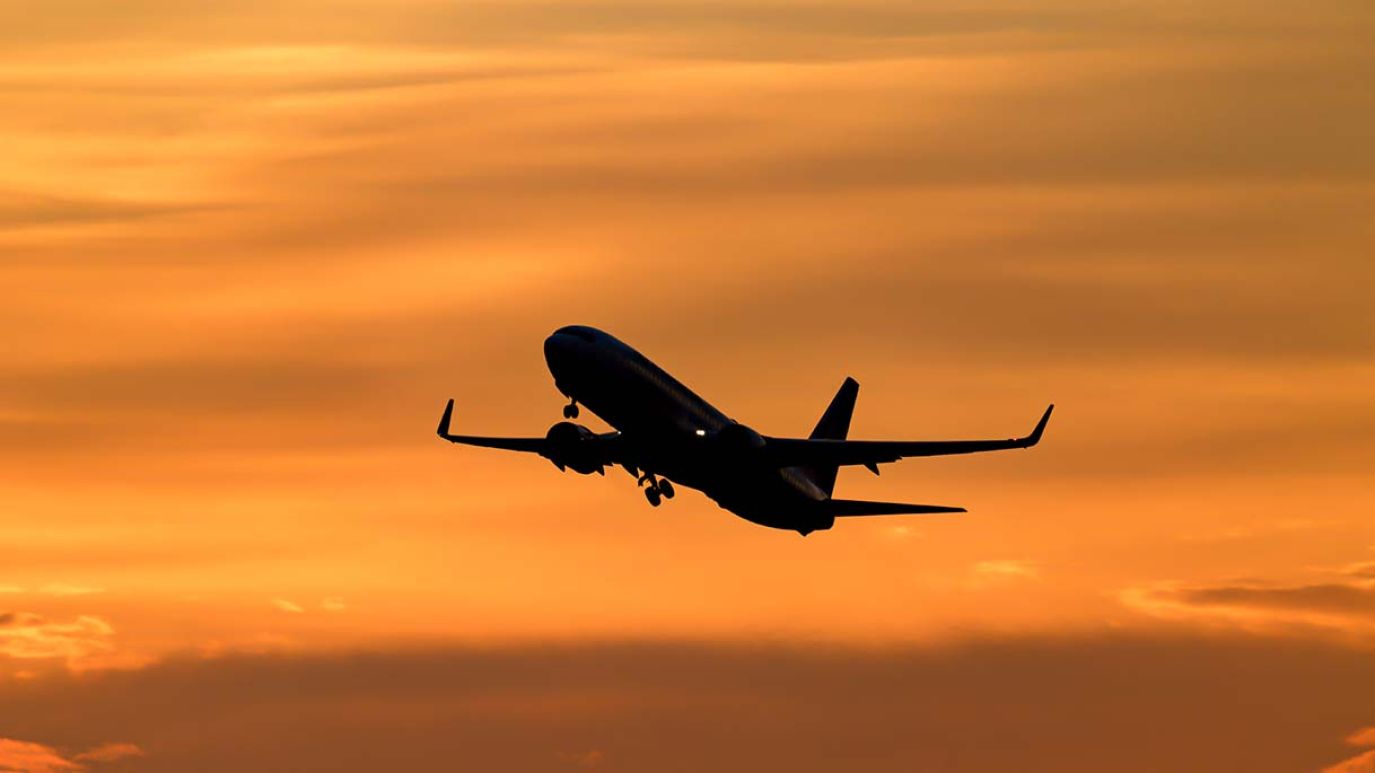Boeing’s Challenges Press China's Emerging Aircraft Industry

On 27 January a Boeing 737 MAX 8 ordered by China Southern Airlines touched down in Guangzhou. This was the first delivery of a 737 MAX to China following a nearly five-year import ban. The ban, which had halted the delivery of 209 737 MAX aircraft, was lifted in a move that many interpret as a deliverable of the Biden-Xi summit in November 2023. China is expected to receive 64 737 MAX in 2024 and another 58 in 2025.
- No Chinese airline currently operates the 737 MAX 9, which has been under scrutiny since a door plug ripped off an Alaska Airlines-operated 737 MAX 9 in midair in January.
Amid rising safety concerns surrounding Boeing, attention has turned to the C919 aircraft, designed and manufactured by the Chinese state-owned Commercial Aircraft Corporation of China (COMAC). Producing a large passenger aircraft of Chinese origin has been one of China’s top national R&D priorities, and the C919 is the centerpiece of China’s ambition to build an independent civil aviation industry.
- The C919 is a narrow-body plane developed as a Chinese alternative to foreign passenger aircraft such as Boeing 737 MAX and Airbus A320neo. The C919 carries 156-168 passengers and has a range up to 3,500 miles. COMAC announced it had received 1,061 orders for the C919 and delivered two aircraft for commercial service. COMAC is developing another model, the C929, which has 250-350 seats and a range of 7,500 miles.
- The C919 still depends on foreign companies for crucial parts. For example, its engine is made by CFM International, and Honeywell supplies its avionics. The US Department of Justice says China’s Ministry of State Security (MSS) is behind years-long cyber and HUMINT technology theft to assist COMAC in acquiring IP and industrial process data from foreign companies. In November 2022, US courts sentenced an MSS officer to 20 years in prison for his leading role in a spying operation targeting foreign aerospace firms.
- Only 10 C919 have been delivered. This slow pace raises questions about COMAC's current manufacturing capabilities. Pamir assesses that if COMAC was capable of increasing production to meet demand, it would likely have already done so.
The Chinese aviation authorities' decision to resume deliveries of the 737 series without imposing new restrictions underscores a level of confidence in Boeing's safety measures and improvements. However, the recent discovery of additional defects in Boeing’s fuselages may renew concerns from Chinese regulators at a time when Airbus is already the largest supplier of commercial aircraft in China. In addition, Boeing’s ongoing challenges, combined with a growing domestic aviation market, may serve as an impetus for Beijing to intensify efforts to develop a fleet of Chinese commercial aircraft.
China’s 5G influence in developing economies
China’s Belt and Road Initiative and its digital counterpart, the Digital Silk Road, threaten to displace US telecom and tech companies in developing economies in Africa, Latin America and the Middle East. How can US operators and network providers stand up to the challenge?